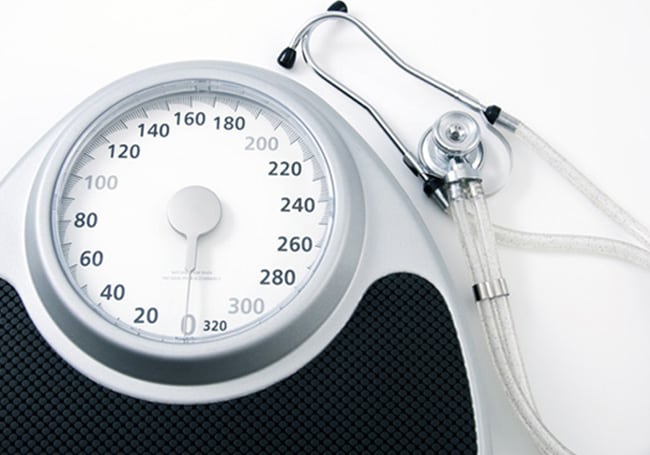
Enjoy a healthier lifestyle with VSG Surgery.
Vertical sleeve gastrectomy, which is also referred to as VSG surgery, is a surgical weight loss procedure. In this type of weight loss surgery, our doctors remove most of your stomach. Your smaller stomach is shaped like a long, thin banana. The new shape and size of your stomach means that it cannot hold much food, which causes you to feel full faster.
- With this type of weight loss procedure, you will lose weight at a gradual pace over a period of two to three years.
- The gradual weight loss allows you to get used to your new body and lifestyle.
- Many people find that their diabetes, gastroesophageal reflux disease, arthritis, snoring, cholesterol and blood pressure improve after having this surgery.
CONTACT US TODAY
Who May Be Qualified for VSG Surgery
You may be qualified to have VSG surgery if you have tried other methods of weight loss, such as weight loss support groups, diet plans and fitness routines without enjoying the success that you desire. To have the surgery, your body mass index should be 40 or higher. You may also be a candidate to have VSG surgery if you have a body mass index that is between 35 and 39 and you also have another medical condition such as diabetes, sleep apnea or asthma. That is because those conditions and others are worsened by being obese. Our doctors will meet with you to discuss your health and determine your body mass index. You will also work with our doctors and dieticians in order to create a nutritional and exercise plan to follow after your VSG surgery. Your success at losing weight will be tied to following the comprehensive plan created for you by our doctors.


How a VSG Surgery Works
You will have general anesthesia for VSG surgery. To perform the surgery, our doctors use a laparoscopic technique. This involves making four to six small incisions into your abdomen. Each incision is about one inch long. One of the incisions is used to insert the slim, flexible tube onto which the laparoscope is mounted. The laparoscope is a small video camera that is able to transmit images and real-time video of your internal organs. The video is sent to a monitor so that our doctors can see a closer view of your stomach. The surgical instruments are used through the other incisions. Our doctors then remove most of your stomach. The remaining portion of your stomach is stapled together to form a tube.
The esophageal and duodenal sphincters are left in place. In some cases, our doctors remove your gallbladder at the same time. This is done in order to facilitate the digestive process in your newly shaped stomach. The surgical instruments and laparoscope are removed and then your incisions are stitched closed. The staples do not need to be removed. The entire surgery takes about 60 to 90 minutes.
What to Expect After VSG Surgery
You will stay in the hospital for about two days after a VSG surgery. During this time, our doctors will check on your stomach by listening to your abdomen with a stethoscope or using an ultrasound. You will have liquids or soft foods for about a week after surgery. Our doctors will provide you with a detailed nutritional plan to follow after the surgery. Your meals will need to be small in order to avoid stretching your new stomach tube. You may also need to take a proton pump inhibitor medication. These medicines reduce the amount of acid made by your stomach during the digestive process. Since you will be eating less food, your stomach will not need to secrete as much acid for digestion.
Getting the Best Results from Your VSG Surgery
Your VSG surgery results in a stomach with a two to four-ounce capacity. You will need to eat slowly so that your brain can process the signals from the stomach telling you that it is full. Since your meals will be smaller, you may need to eat those small amounts every three to four hours, resulting in four to six meals per day. It is important to follow the meal plan provided by our doctors. Your meal plan will include foods optimized for their nutritional value and their taste.
You will also need to follow the fitness routine. Regular exercise will boost the rate of your weight loss and help you to maintain your weight loss.
To learn more about what you can expect from the procedure, contact our office today.

